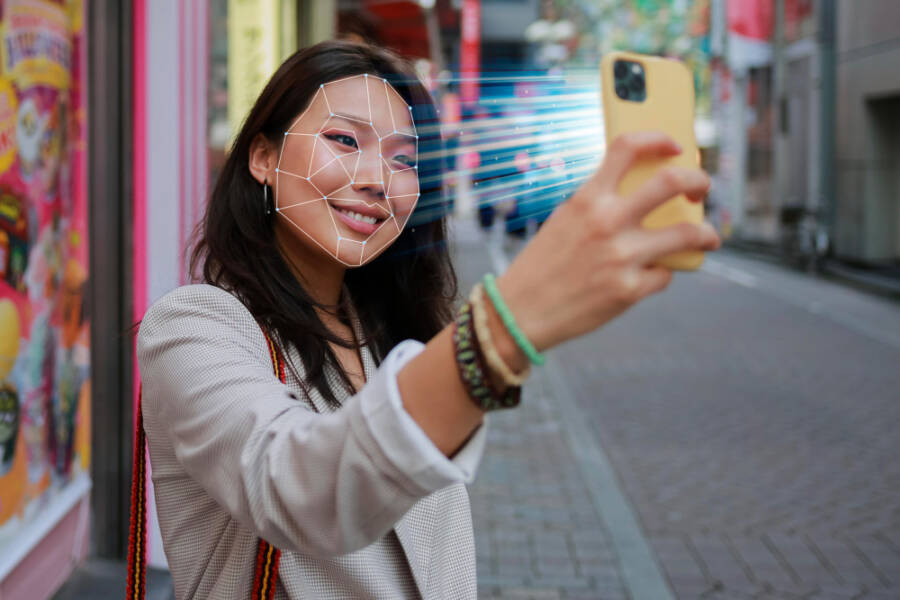As the population ages, Japan is experiencing a phenomenon that emerged in the 1980s and is increasingly common: ‘Kodokushi’, or “lonely death” — officially defined as one in which “a person dies without being cared for by no one, and whose body is found after a certain period”
As the population ages, Japan is experiencing a phenomenon that emerged in the 1980s and is increasingly common: ‘Kodokushi’, or “lonely death” — officially defined as one in which “a person dies without being cared for by no one, and whose body is found after a certain period”. According to a recent report by the national police agency, around 68 thousand people are expected to die alone and unnoticed in 2024. In the latest data, from 2011, the number was 27 thousand — that is, it more than doubled.
During the initial quarter of this year, nearly 22,000 individuals from Japan found themselves in a similar predicament, with approximately 80% of them being 65 years old or older. Tokiwadaira, in the city of Matsudo, was the first community to experience the phenomenon two decades ago, with the discovery of a man whose dead body had been lying in his apartment unnoticed for three years. What is known is that his rent and bills were paid automatically, and his death was only noticed when his savings ran out.
“The apartment was not the kind of place you could imagine a human being living in,” Aiko Oshima, deputy head of the Tokiwadaira residents’ association, tells The Guardian. “We didn’t want something horrible like that to happen again.”
With the aging of the population, more people are spending the last years of their lives in isolation: In 2020, the population of individuals over the age of 65 was 7.38 million. According to the National Institute of Population Research and Social Security, this number is projected to rise to nearly 11 million by the year 2050.
The Tokiwadaira region, occupied for more than six decades, was initially known for housing dream accommodation for young families riding the wave of Japan’s post-war economic miracle. However, over the years it has become home to the elderly, who live in identical apartments — in one of the largest public housing complexes in the country.
“The economy was booming at that time, and families were desperate to live here. It was a lively place. But now everyone is getting old,” said Oshima, relocated to the area in 1961 with her spouse and young child, at a time when the community was inhabited by 15,000 individuals. Presently, statistics indicate that 54% of the population is aged over 64, with 10% residing solo.
Resident Noriko Shikama, 76, who lives alone in an apartment also in Tokiwadaira, told the Guardian that she also does not know whether her death would be noticed in the neighborhood. “We occasionally greet each other, but that’s it. If one of my neighbors died, I’m not sure I would notice.”
The technological solution
The wave of “kodokushi” fatalities prompted residents to mobilize, leading the community association to utilize technology in creating a hotline for neighbors to report to the authorities. The “zero solitary death” campaign was created in 2004 and became a model for other housing projects. In the year 2024, the kizuna “social link” was unveiled, a monitoring tool with sensors to verify the activity of the resident in the apartment.
In addition, volunteer patrols also rely on telltale signs of a possible death: clothes left on balconies even when dry, curtains closed during the day, deliveries of mail and newspapers not collected, and lights on at night. According to the Guardian report, the campaign has not eliminated solitary deaths – there are several every year – but the chances of someone staying dead for weeks, or even months, are more remote.








